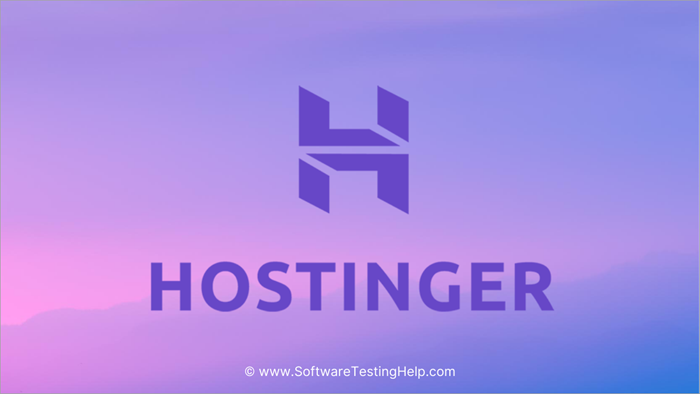
The Future of Gzip: Advancements and Innovations in Data Compression Technology
- Post
- August 8, 2023
- Gzip Compression, Web Performance, Web Technologies
- 0 Comments
In today’s rapidly evolving digital landscape, where the volume of data generated and exchanged is reaching unprecedented levels, the efficiency of data compression technologies becomes paramount. Among these technologies, Gzip has been a cornerstone in reducing file sizes and enhancing data transfer speeds. However, the landscape of data compression is not static; it’s subject to constant innovation and development. In this comprehensive exploration, we delve into the promising advancements that are reshaping the future of Gzip and its implications across various domains.
Understanding Gzip Compression
Gzip, short for GNU Zip, is a popular data compression algorithm widely used for file compression and network data transmission. This compression technique significantly reduces the size of files, making them easier and faster to transfer across networks. It’s a lossless compression method, meaning that the compressed files can be decompressed to their original state without any data loss.
Gzip achieves compression by replacing repetitive strings within a file with shorter codes. This process reduces the overall file size without compromising its integrity. Its effectiveness in compressing a wide range of file types, including HTML, CSS, JavaScript, and text files, has contributed to its widespread adoption.
Evolution of Gzip: Deflating Limitations
While Gzip has been a reliable choice for data compression, its limitations have prompted researchers and developers to seek new avenues for improvement. Some of the limitations include:
CPU Intensive Compression: Gzip compression can be CPU-intensive, which becomes a concern when dealing with large volumes of data in real-time applications.
Limited Compression Ratios: Gzip’s compression ratios, while effective, might not be optimal for certain types of data.
The Rise of Brotli Compression
In response to the limitations of Gzip, a new contender emerged – Brotli compression. Developed by Google, Brotli aims to deliver higher compression ratios while maintaining faster decompression speeds. This makes Brotli particularly appealing for web applications where reducing page load times is critical. Brotli achieves this through a more advanced compression algorithm that effectively analyzes and replaces repetitive data patterns.
Implications for Web Development: Gzip vs. Brotli
In the realm of web development, data compression plays a pivotal role in enhancing user experience. Gzip and Brotli are two dominant compression methods used to optimize web page loading. Brotli’s ability to achieve better compression ratios has led to its adoption by major browsers and content delivery networks. Websites employing Brotli compression often witness faster page load times, reducing bounce rates and improving overall user satisfaction.
Gzip Compression Testing: Ensuring Effectiveness
As data compression technologies evolve, it’s imperative to assess their effectiveness. Gzip compression tests are conducted to evaluate how well the algorithm reduces file sizes. Various online tools are available to perform these tests, helping developers identify potential areas for optimization. Conducting regular Gzip compression tests ensures that the chosen compression algorithm is still the most efficient for a given application.
Integrating Compression in WordPress
WordPress powers a significant portion of the internet, making its performance crucial. Integrating Gzip compression in WordPress can be achieved through plugins or server configurations. However, keeping up with advancements like Brotli is equally important. As WordPress evolves, embracing newer compression technologies can lead to improved site performance and better user engagement.
The Future Outlook
The future of Gzip and data compression as a whole holds exciting prospects. With the rapid expansion of IoT devices and the increasing complexity of digital interactions, demand for efficient data compression will only grow. Developers and researchers are likely to continue innovating and optimizing compression algorithms to meet the ever-evolving demands of data-intensive applications.
Final Words
In a data-driven world, where every millisecond counts, the evolution of data compression technologies like Gzip and Brotli is a testament to human ingenuity. The intricate dance between file size reduction and data integrity remains a fascinating challenge. As technology continues its relentless march forward, one thing is clear: the future of Gzip is intertwined with the future of digital efficiency.
Commonly Asked Questions
Q1: Is Gzip still relevant with newer compression technologies available?
A1: Absolutely, Gzip remains relevant due to its widespread support and effectiveness in compressing various file types. However, newer algorithms like Brotli offer higher compression ratios for web applications.
Q2: How do I enable Gzip compression on my website?
A2: Enabling Gzip compression can be done through server configurations or using plugins for platforms like WordPress. Consult your hosting provider or web developer for the best approach.
Q3: What benefits does Brotli compression offer over Gzip?
A1: Brotli offers better compression ratios, leading to smaller file sizes and faster page load times. This can significantly enhance user experience on websites.
Q4: Are there any downsides to using Brotli compression?
A4: Brotli’s higher compression efficiency can result in increased CPU usage during compression. This might be a consideration for resource-constrained environments.
Q5: How often should I conduct Gzip compression tests?
A5: It’s advisable to conduct Gzip compression tests periodically, especially when making significant changes to your website’s content. This ensures optimal performance and efficiency.




